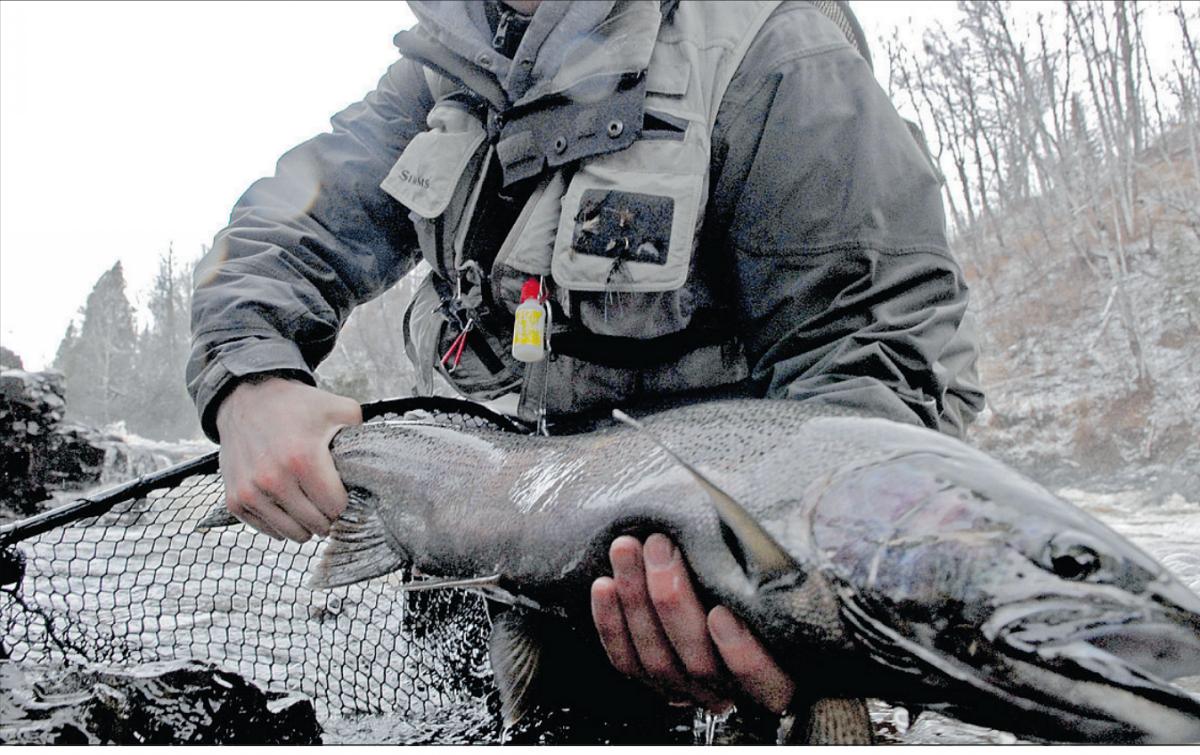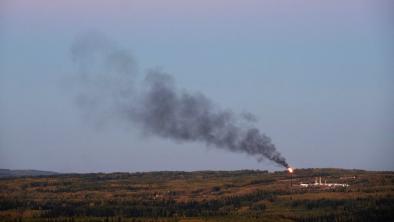Power project plan puts Kokish on endangered list
Vancouver Sun

Renowned fishing spot ties for first place in annual B.C survey
The run-of-river power industry emerged as a leading environmental threat today in the Outdoor Recreation Council of B.C.'s annual top-10 list of endangered rivers.
The Kokish River on northeastern Vancouver Island - renowned for its salmon and steelhead - tied for first place on the list due to a proposed independent power project in which an aboriginal group is a partner.
Ranking of the Kokish, located about 15 kilometres east of Port McNeill, follows a story Saturday in The Vancouver Sun based on freedom-of-information documents showing how two run-of-river power projects - on lower Mamquam River and Ashlu Creek, both near Squamish - repeatedly stranded and killed fish.
"The Kokish has everything," the council's rivers chairman Mark Angelo, confirmed in an interview. "It's become a rallying cry, a poster child in terms of concern for projects like this."
Angelo said that when small scale independent hydro projects came forward in the 1990s, the intent was to put them on non-fish bearing waterways.
"The B.C. government has clearly backed away from that premise," he said, calling for an end to future siting of such projects on fish rivers. "That's not how it was meant to be."
A Watershed Watch report this year found that close to 70 per cent of independent hydro power projects are now found on waterways with known, or suspected, fish populations.
The Sacred Headwaters of northwestern B.C. - source of the salmon-bearing Stikine, Skeena, and Nass rivers - was the other river placed first, as it did last year, due to threats from proposed coal bed methane gas extraction.
The council fears that Shell Canada's proposal would lead to a maze of wellheads, roads and pipelines across the company's 400,000-hectare tenure, with potential contamination of groundwater aquifers. A provincial moratorium on such developments expires in December.
The Kitimat River placed third on this year's list due to a history of industrial development near its estuary, including an aluminum smelter and a since-closed pulp mill. The latest perceived threat is Enbridge's proposed Northern Gateway pipeline project carrying bitumen from Alberta to Kitimat.
Enbridge has identified 773 streams - 669 of them bearing fish - that must be crossed if its 1,172-kilometre project gets the go-ahead. A federal Joint Review Panel is holding hearings on the project.
As for the Kokish River, Kwagis Power, a joint venture of Brookfield Renewable Power and the Namgis First Nation of Alert Bay, is proposing a maximum 45-megawatt electrical power operation.
The province has issued an environmental certificate for the project, but the federal fisheries department has outstanding concerns, Angelo said.
The Sun's story Saturday on run-of-river projects revealed how federal concerns for the Kokish proposal were based on fish-related problems elsewhere with such private power projects.
The Kokish project is "not different from other operating projects that have not been accurately managed," read the minutes of an inter-agency meeting on July 21, 2011.
Gwen Barlee of the Wilderness Committee said too much is at risk on the Kokish, which is home to five species of wild salmon, plus at-risk steelhead as well as dolly varden and cutthroat trout.
"An independent power project on the Kokish would be a nightmare," Barlee asserted.
The recreation council warns that the Kokish project would divert more than half of the river flows below the Bonanza River and the East Fork Kokish River, which merge just downstream from Ida Lake.
There are 50 private hydro projects in operation and selling power to BC Hydro, half of those in the south coast region. Another 62 are in the planning or construction phase. Applications are outstanding for another 635 water-power projects, although not all are expected to be approved.
Other rivers on the council's annual list:
Peace River (hydroelectric dam proposal)
Kettle River (water extraction, development)
Lower Fraser River (urbanization, industrial development, habitat loss)
Taku River (mining development, road proposal, leachate concerns)
Elk River (development, increasing selenium levels, wildlife migration issues)
Big Silver Creek (independent power proposal)
Coquitlam River (excessive sedimentation, urbanization - some progress evident)


